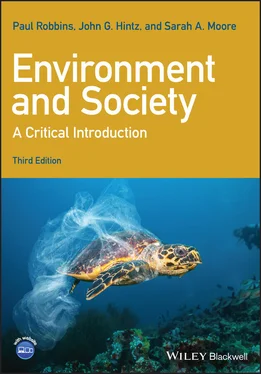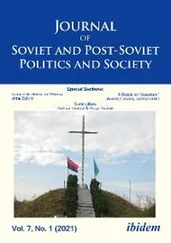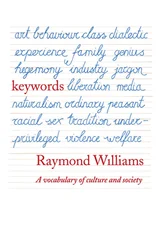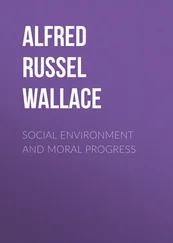List ten real-world common property resources with which you are familiar. Describe an example of one of these common property resources that is not (tragically) overexploited (use the term “institution/s” in your discussion).
Exercise 4.3 Institutions Nearby
Name a common property resource to which you have access. This might be an environmental resource (a local park) or a shared good (a computer network). With whom is access to this resource shared? What risks are there to depletion, overuse, problems, or degradation from failures of cooperation or collective action? Is there a tacit set of norms or rules governing the use of the resource? Could these rules or systems of management be improved by application of the principles of institutional analysis? What barriers are there to improving the way the resource is used or shared?
1 Ciriacy-Wantrup, S.V. and Bishop, R.C. (1975). Common property as a concept in natural resources policy. Natural Resources Journal 15: 713–727.
2 Ostrom, E. (1992). Crafting Institutions for Self-Governing Irrigation Systems. San Francisco, CA: Institute for Contemporary Studies.
3 Ostrom, E. (ed.) (2002). The Drama of the Commons. Washington, DC: National Academy Press.
4 Poundstone, W. (1992). Prisoner’s Dilemma. New York: Anchor Books.
5 Turner, B.L., II. and Brush, S.B. (eds.) (1987). Comparative Farming Systems. New York: Guildford Press.
1 Benjaminsen, T.A. and Sjaastad, E. (2008). Where to draw the line: mapping of land rights in a South African commons. Political Geography 27 (3): 263–279.
2 Commons, J.R. (1934). Institutional Economics. New York: Macmillan.
3 Community Economies Project (2005). Community economies. http://www.communityeconomies.org(accessed 17 March 2020).
4 Hardin, G. (1968). The tragedy of the commons. Science 162: 1243–1248.
5 Kropotkin, P. (1888). Mutual Aid: A Factor in Evolution. Boston, MA: Porter Sargent.
6 Mansfield, B. (2004). Neoliberalism in the oceans: “rationalization,” property rights, and the commons question. Geoforum 35: 313–326.
7 Ostrom, E. (1990). Governing the Commons: The Evolution of Institutions for Collective Action. Cambridge: Cambridge University Press.
8 Ostrom, E. (2005). Understanding Institutional Diversity. Princeton, NJ: Princeton University Press.
9 St. Martin, K. (2001). Making space for community resource management in fisheries. Annals of the Association of American Geographers 91 (1): 122–142.
10 Tucker, C.M., Randolph, J.C., and Castellanos, E.J. (2007). Institutions, biophysical factors and history: an integrative analysis of private and common property forests in Guatemala and Honduras. Human Ecology 35: 259–274.
Конец ознакомительного фрагмента.
Текст предоставлен ООО «ЛитРес».
Прочитайте эту книгу целиком, купив полную легальную версию на ЛитРес.
Безопасно оплатить книгу можно банковской картой Visa, MasterCard, Maestro, со счета мобильного телефона, с платежного терминала, в салоне МТС или Связной, через PayPal, WebMoney, Яндекс.Деньги, QIWI Кошелек, бонусными картами или другим удобным Вам способом.











